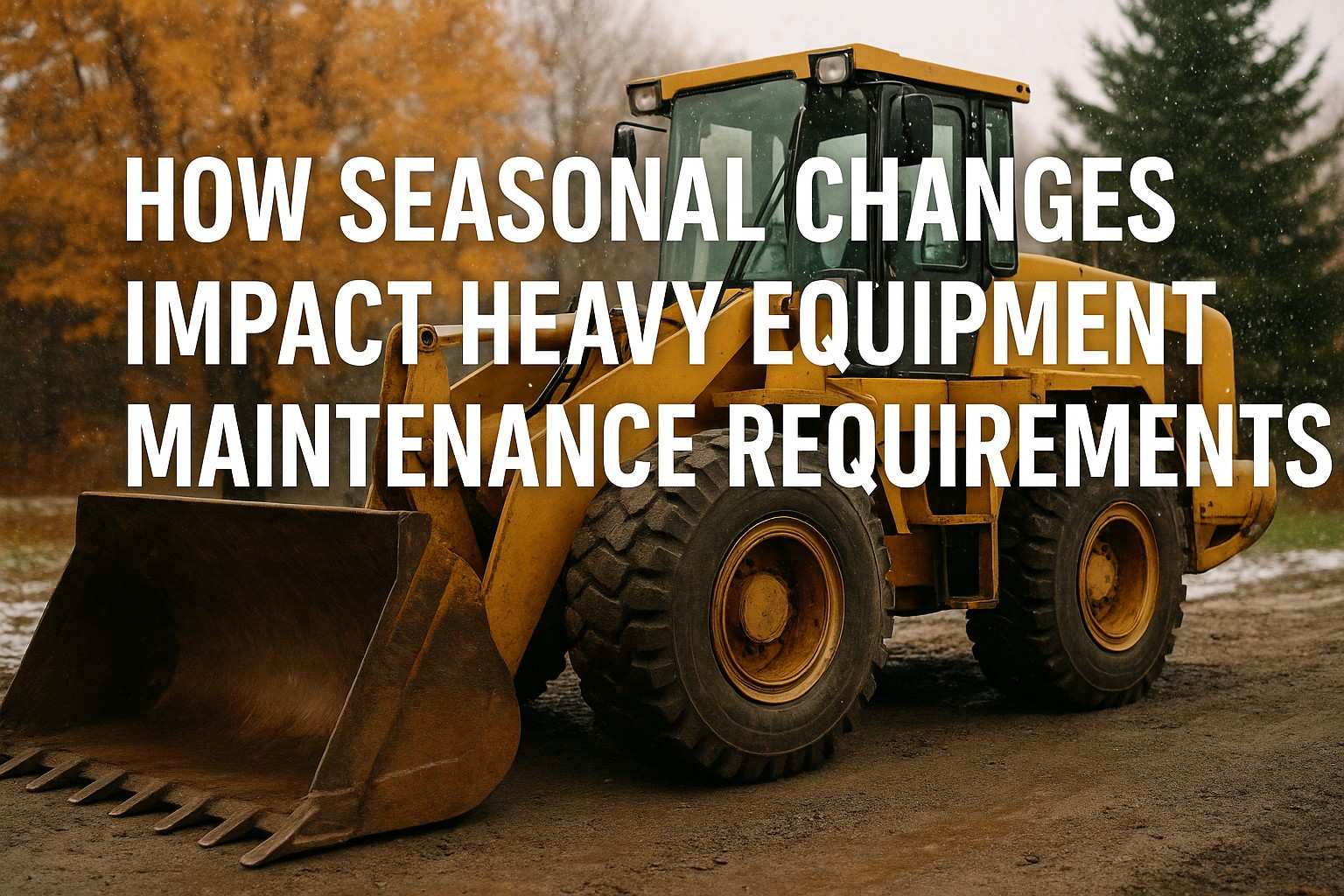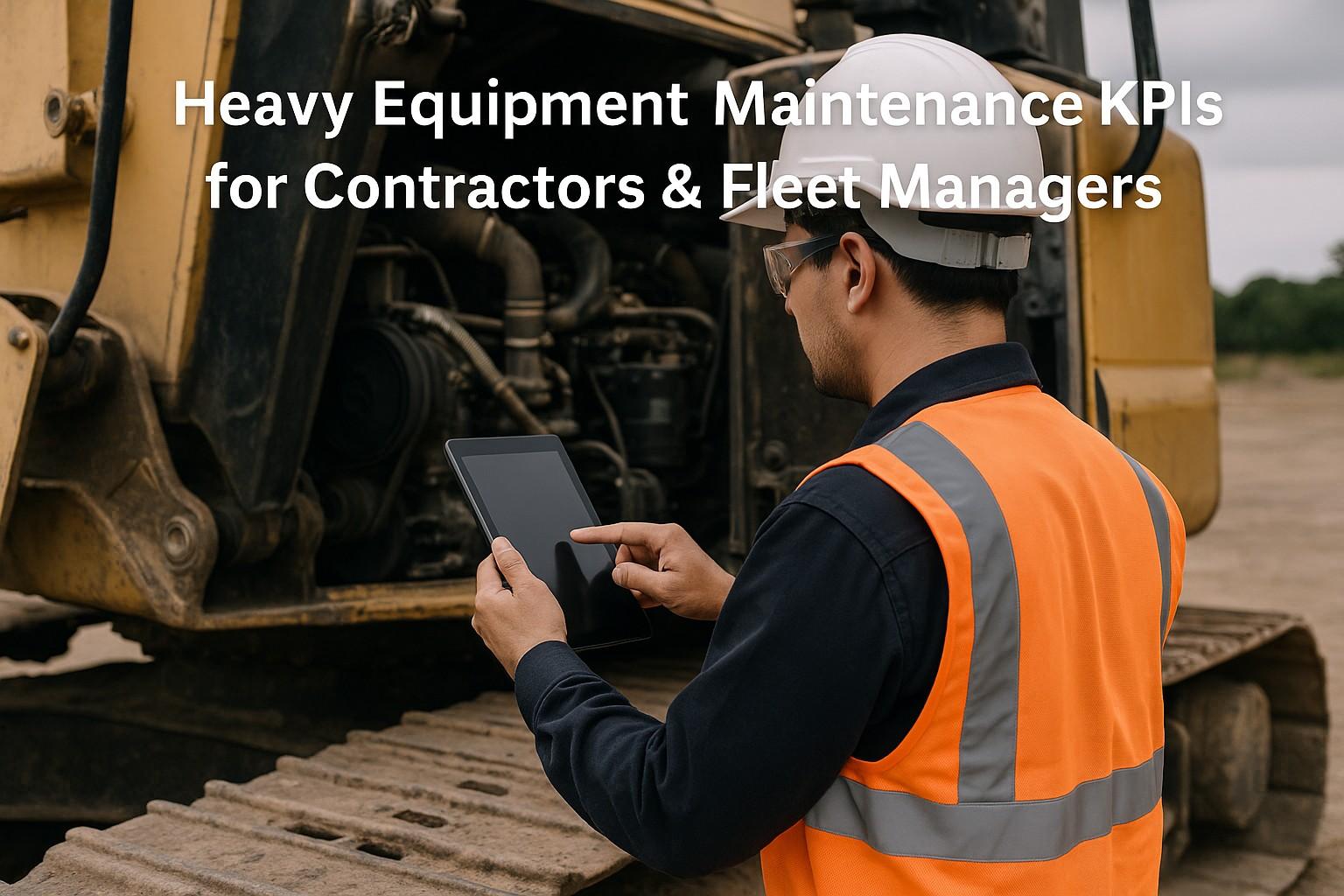Pre-trip inspections are crucial for maintaining the safety and reliability of commercial fleets. Ensuring that every vehicle undergoes a thorough pre-trip inspection before setting off can significantly reduce unplanned downtime and extend the lifespan of fleet vehicles. This article will detail the essential elements of a pre-trip inspection, emphasizing the importance of a comprehensive checklist. Start digitizing your inspection process to streamline compliance and improve fleet safety. Android| iOS
Pre-Trip Inspection: 10 Must-Have Checks
Brakes, lights, tires, steering/suspension, leaks, coupling, mirrors/wipers, fluids, safety gear & documents—all the critical items in one guide.
Why Pre-Trip Inspections Matter
Every pre-trip inspection begins with a detailed checklist. This checklist is designed to ensure that all critical aspects of the vehicle are checked and verified before departure. The checklist not only helps in maintaining compliance with DOT regulations but also enhances the safety of drivers and the site. Schedule a consultation with our fleet safety experts to learn how to optimize your inspection protocols.
The Importance of pre trip inspection
1. Exterior Walkaround: Identifying Potential Issues
Begin your pre-trip inspection with a thorough exterior walkaround of the vehicle. Check for any visible damage, such as dents, scratches, or cracks, on the body, windows, and mirrors. Ensure that all lights, including headlights, taillights, brake lights, and turn signals, are functioning correctly. Inspect the tires for proper inflation, tread depth, and any signs of wear or damage. Don't forget to check the condition of the windshield wipers and the washer fluid level to ensure clear visibility in all weather conditions.
2. Engine Compartment: Ensuring Mechanical Integrity
Open the hood and conduct a comprehensive inspection of the engine compartment. Check all fluid levels, including engine oil, coolant, power steering fluid, and brake fluid, to ensure they are at the proper levels and free of contamination. Examine the belts and hoses for any signs of wear, cracks, or fraying. Inspect the battery for corrosion, secure connections, and proper mounting. Look for any leaks or unusual odors that may indicate potential mechanical issues.
3. Braking System: Prioritizing Safety
A well-functioning braking system is essential for the safety of your drivers and other road users. During the pre-trip inspection, check the brake pads and rotors for wear and ensure that the brake lines are secure and free of leaks. Test the parking brake to ensure it engages and disengages properly. If your vehicle is equipped with air brakes, check the air pressure and listen for any air leaks when the system is fully charged.
4. Lights and Electrical Systems
Ensuring that all lights function correctly is a vital part of the pre-trip inspection. This includes headlights, taillights, and indicators. Electrical systems, including the battery and wiring, should also be checked as part of the pre-trip inspection to avoid electrical failures while on the road.
5. Wheels and Tires: Maintaining Traction and Stability
In addition to checking tire pressure and tread depth during the exterior walkaround, it's essential to inspect the wheels and tires more closely. Look for any signs of uneven wear, which may indicate alignment or suspension issues. Check the wheel lug nuts to ensure they are tight and secure. If your vehicle has dual tires, ensure that there is no debris lodged between them and that they are properly inflated.
6. Cargo Securement: Preventing Accidents and Damage
If your vehicle is transporting cargo, it's crucial to ensure that it is properly secured to prevent accidents and damage. Inspect the cargo area for any signs of wear or damage, such as cracks, holes, or corrosion. Check the tie-downs, straps, and chains to ensure they are in good condition and properly secured. Verify that the cargo is evenly distributed and does not exceed the vehicle's weight limits.
7. Electrical Systems: Avoiding Malfunctions and Breakdowns
Inspect the vehicle's electrical systems, including the alternator, starter, and wiring, for any signs of wear or damage. Ensure that all electrical connections are clean, tight, and free of corrosion. Test the horn, windshield wipers, and all lights to ensure they are functioning correctly. Check the dashboard for any warning lights or indicators that may signal potential issues.
8. Fluid Levels and Leaks: Preventing Costly Repairs
During the pre-trip inspection, it's essential to check all fluid levels, including the engine oil, coolant, transmission fluid, and washer fluid. Ensure that the levels are within the recommended range and that there are no signs of contamination. Look for any leaks underneath the vehicle, as they can indicate serious mechanical issues that require immediate attention. Regularly monitoring fluid levels and addressing leaks promptly can help prevent costly repairs and extend the life of your vehicle.
9. Interior Checks: Ensuring Driver Comfort and Safety
The interior of the vehicle plays a crucial role in driver comfort and safety. During the pre-trip inspection, check the seats for any signs of wear or damage and ensure that they are properly adjusted for the driver. Test the seat belts to ensure they are functioning correctly and securely fastened. Inspect the mirrors for any cracks or damage and adjust them for optimal visibility. Check the dashboard gauges, controls, and indicators to ensure they are working properly. Test the heating, ventilation, and air conditioning (HVAC) system to ensure a comfortable driving environment.
10. Documentation and Emergency Equipment: Staying Compliant and Prepared
Lastly, ensure that all necessary documentation is present and up to date, including the vehicle registration, insurance, and any required permits or licenses. Check the presence and condition of emergency equipment, such as fire extinguishers, reflective triangles, and first aid kits. Verify that the driver has a valid commercial driver's license (CDL) and any necessary endorsements for the type of vehicle and cargo being transported. Staying compliant with regulations and being prepared for emergencies is essential for the smooth operation of your fleet.
The Benefits of a Comprehensive Pre-Trip Inspection Checklist
Implementing a comprehensive pre-trip inspection checklist that covers all ten essential aspects offers numerous benefits for your fleet. By identifying and addressing potential issues before they escalate, you can significantly reduce the risk of breakdowns, accidents, and costly repairs. Regular inspections help extend the life of your vehicles, maximizing their value and reducing overall operating costs. Implement our digital inspection solution to track compliance and identify maintenance trends across your entire fleet.
A thorough pre-trip inspection process also ensures compliance with federal and state regulations, avoiding fines and penalties that can impact your bottom line. By prioritizing the safety of your drivers and other road users, you demonstrate a commitment to responsible fleet management, enhancing your reputation and attracting top talent to your organization.
Moreover, a well-maintained fleet with fewer breakdowns and accidents leads to improved efficiency and productivity. Drivers can focus on their primary responsibilities, knowing that their vehicles are in top condition and ready to handle the demands of the road. This, in turn, leads to increased customer satisfaction and loyalty, as your fleet consistently delivers goods and services on time and without incident.
Addressing Issues During Inspections
Should any problems be identified during a pre-trip inspection, drivers have the capability to meticulously document them. All recorded issues are instantly logged into fleet management software, allowing fleet managers to be promptly informed. This rapid communication helps to eliminate delays in information flow and accelerates the initiation of necessary maintenance procedures. Book a demo to see our real-time reporting capabilities and discover how instant issue logging can transform your maintenance workflow.
Elevate Your Pre-Trip Inspection
Advance your pre-trip inspection procedures! Begin your free trial or schedule a demo today to discover how our app can transform your pre-trip inspection process, making it more efficient and connected, thus ensuring your fleet operates at peak performance.
Embracing technology solutions can further streamline your pre-trip inspection process, providing real-time data insights and enabling proactive maintenance. By investing in a robust inspection protocol and leveraging cutting-edge tools, you can optimize your fleet's performance, reduce costs, and prioritize the well-being of your drivers and the public. Start your free trial today and experience the difference that digital inspection management makes.
Don't wait until breakdowns or accidents occur to prioritize pre-trip inspections. Take action now to implement a comprehensive checklist and experience the benefits of a well-maintained, compliant, and efficient fleet. With the right approach and tools, you can navigate the challenges of the industry with confidence and drive your business towards a successful future. Schedule your personalized demonstration to see how our solution can be customized for your specific fleet requirements. Android| iOS
Ready to get started Today?
Take your pre-trip inspection process to the next level with HVI APP! Start your free trial or request a demo today.
What You Need to Know About Pre-Trip Inspections: 10 Essential FAQs Answered
Q. How often should pre-trip inspections or trip checks be performed?
Pre-trip inspections, also known as trip checks or pre-drive checks, should be conducted before every trip, regardless of the distance traveled. This ensures that any potential issues are identified and addressed before the vehicle hits the road, minimizing the risk of breakdowns and accidents. A daily vehicle inspection checklist can help ensure consistency in your pre-trip inspection routine.
Q. Who is responsible for conducting pre-trip inspections or filling out the pre-trip inspection checklist?
The driver of the commercial vehicle is primarily responsible for conducting pre-trip inspections and completing the checklist. However, fleet managers and maintenance teams also play a crucial role in ensuring that inspections are thorough, consistent, and properly documented. A DOT pre-trip inspection form or a vehicle checklist inspection can help standardize the process.
Q. What should I do if I find an issue during a pre-trip inspection or while going through my pre-inspection checklist?
If you identify an issue during a pre-trip inspection or while using your pre-inspection checklist, it's essential to report it immediately to your fleet manager or maintenance team. They will assess the severity of the issue and determine the appropriate course of action, which may include scheduling repairs or temporarily removing the vehicle from service. A pre-trip checklist can help you keep track of any issues found during the inspection.
Q. How can technology improve the pre-trip inspection process and make it easier to complete a pre-trip checklist?
Technology solutions, such as fleet management software and mobile inspection apps, can streamline the pre-trip inspection process by providing customizable checklists, real-time data synchronization, and instant issue reporting. These tools help ensure that inspections are thorough, consistent, and properly documented, while also saving time and reducing the risk of errors. A digital pre-trip inspection checklist or a pre-trip inspection app can make the process more efficient and accurate.
Q. What are the consequences of failing to conduct proper pre-trip inspections or not following a pre-trip inspection list?
Failing to conduct proper pre-trip inspections or not adhering to a pre-trip inspection list can result in a range of consequences, including increased risk of breakdowns and accidents, non-compliance with regulations, fines and penalties, reduced vehicle lifespan, and higher operating costs. Prioritizing comprehensive pre-trip inspections and using a thorough checklist is essential for the safety, efficiency, and profitability of your fleet.
Q. What items should a post-trip inspection include, and how does it differ from a pre-trip inspection checklist?
A post-trip inspection should include checking for any new damage or issues that may have occurred during the trip, such as tire damage, fluid leaks, or cargo shifts. It also involves ensuring that the vehicle is properly parked, secured, and ready for the next trip. While a pre-trip inspection checklist focuses on identifying issues before the trip, a post-trip inspection helps monitor the vehicle's condition and address any problems that may have arisen during the journey.
Q. How long does a DOT pre-trip inspection take, and is there a specific DOT pre-trip inspection list to follow?
A thorough DOT pre-trip inspection typically takes between 15 and 30 minutes, depending on the type of vehicle and the complexity of the inspection. The DOT provides a general pre-trip inspection list that covers the essential components to be checked, such as the engine compartment, tires, brakes, lights, and cargo securement. However, individual companies may have their own specific DOT pre-trip inspection form or checklist that includes additional items.
Q. Are there any tools or resources available to help with pre-trip inspections, such as a pre-trip inspection checklist with pictures or a truck pre-trip inspection list?
Yes, there are various tools and resources available to assist with pre-trip inspections. Some examples include a pre-trip inspection checklist with pictures, which can help drivers visualize the components to be checked, and a truck pre-trip inspection list that is tailored to the specific requirements of commercial trucks. Additionally, there are mobile apps and software solutions that provide digital pre-trip inspection checklists and allow for easy documentation and reporting.
Q. What should be included in a pre-trip inspection of the engine compartment, and how often should this be done?
A pre-trip inspection of the engine compartment should include checking fluid levels (oil, coolant, power steering, brake, and washer fluids), belts, hoses, and the battery. This inspection should be done before every trip, as part of the overall pre-trip inspection process. A comprehensive vehicle checklist inspection should include the engine compartment checks to ensure the vehicle is in proper working condition before setting off.
Q.Is there a difference between a pre-trip inspection and a pre-trip safety check, and what does a typical truck pre-trip inspection form include?
A pre-trip inspection and a pre-trip safety check are essentially the same things, as both involve examining the vehicle to ensure it is safe and roadworthy before a trip. A typical truck pre-trip inspection form includes a comprehensive list of items to be checked, such as the engine compartment, tires, brakes, lights, mirrors, wipers, horn, coupling devices, cargo securement, emergency equipment, and documentation. The form may also provide space for noting any defects or issues found during the inspection.
Pre-Trip Inspection Essentials
Cover brakes, lights, tires, steering, leaks, coupling, mirrors, fluids, safety gear, and documents before departure.




